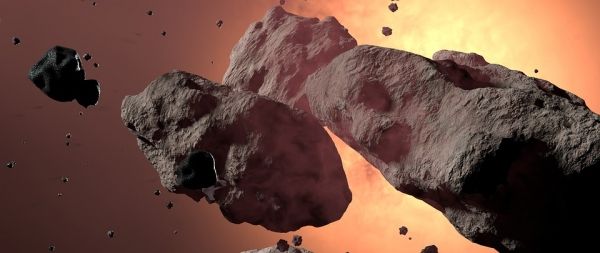A popular theme in the movies is that of an incoming asteroid that could extinguish life on the planet, and our heroes are launched into space to blow it up. But incoming asteroids may be harder to break than scientists previously thought, finds a Johns Hopkins study that used a new understanding of rock fracture and a new computer modeling method to simulate asteroid collisions.
The findings, to be published in the March 15 print issue of Icarus, can aid in the creation of asteroid impact and deflection strategies, increase understanding of solar system formation and help design asteroid mining efforts.
“We used to believe that the larger the object, the more easily it would break, because bigger objects are more likely to have flaws. Our findings, however, show that asteroids are stronger than we used to think and require more energy to be completely shattered,” says Charles El Mir, a recent Ph.D graduate from the Johns Hopkins University’s Department of Mechanical Engineering and the paper’s first author.
Researchers understand physical materials like rocks at a laboratory scale (about the size of your fist), but it has been difficult to translate this understanding to city-size objects like asteroids. In the early 2000s, a different research team created a computer model into which they input various factors such as mass, temperature, and material brittleness, and simulated an asteroid about a kilometer in diameter striking head-on into a 25-kilometer diameter target asteroid at an impact velocity of five kilometers per second. Their results suggested that the target asteroid would be completely destroyed by the impact.
Read more at Johns Hopkins University
Photo credit: lmencos via Pixabay


